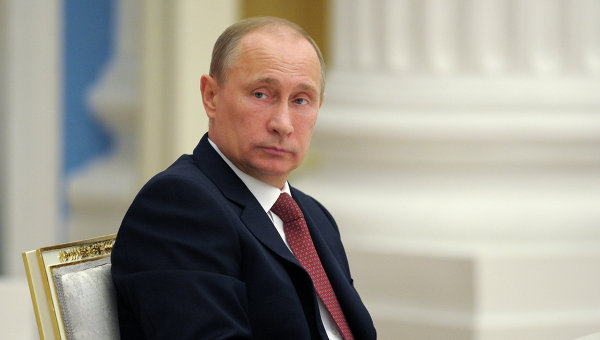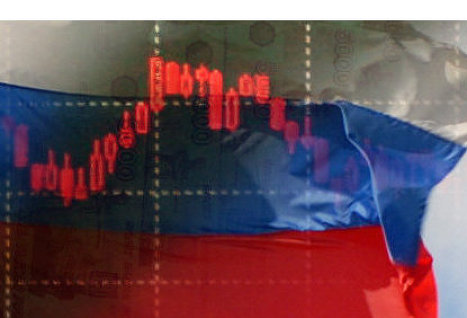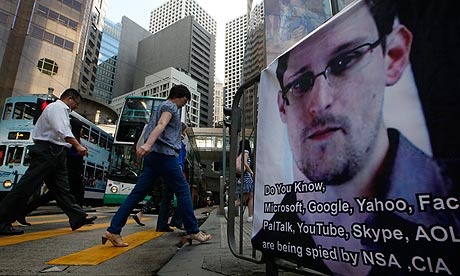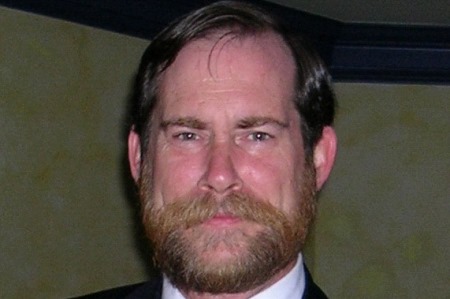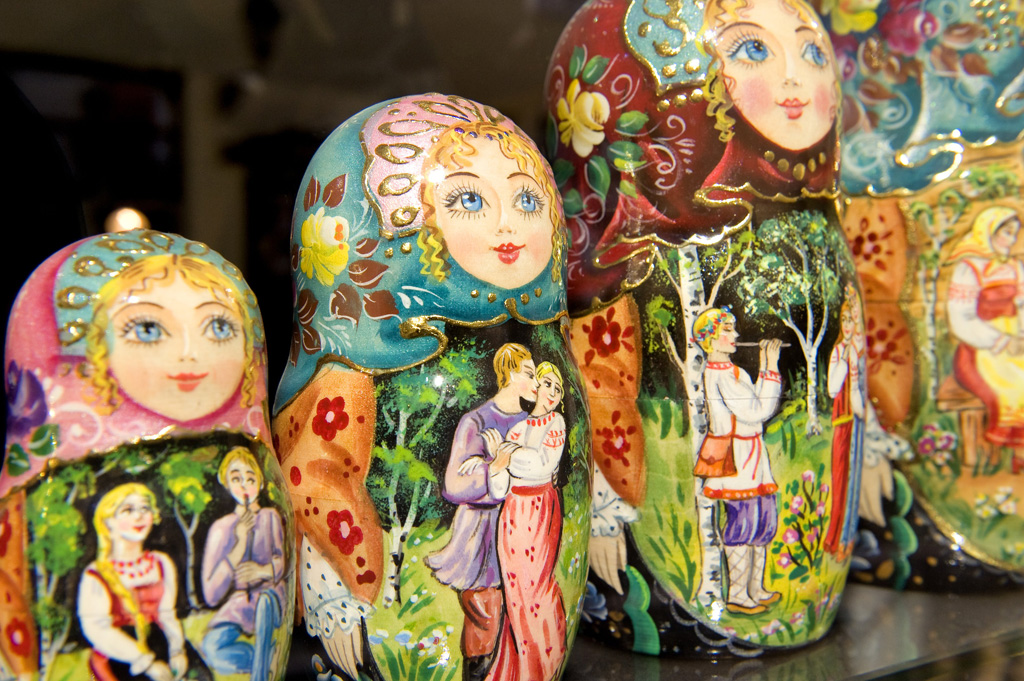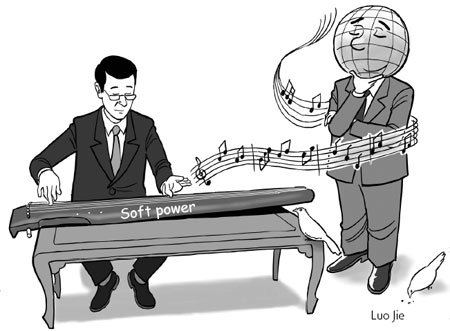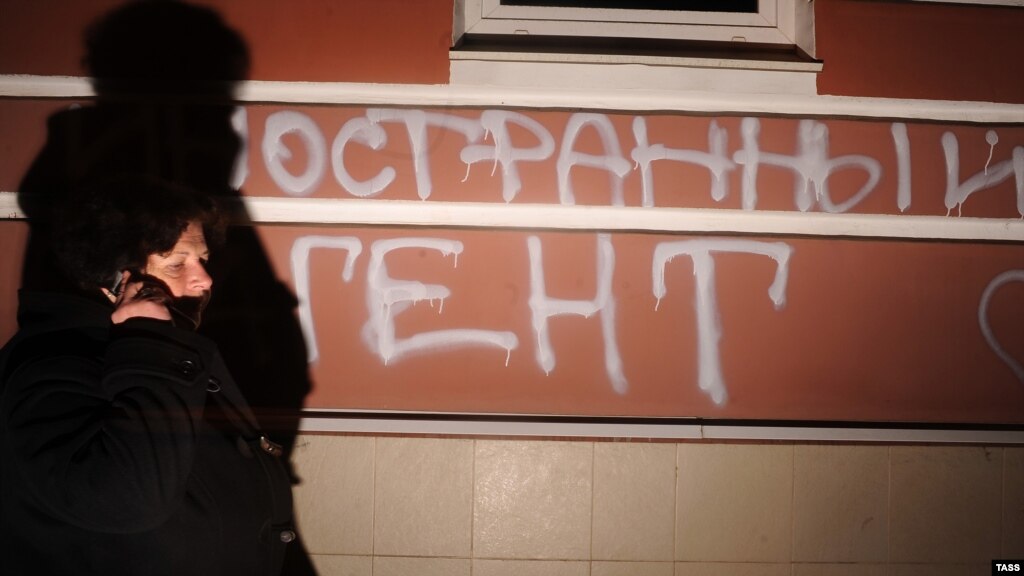
Published 14-06-2013, 06:24
 The global economic
crisis, which came to a head in late 2008, is far from over. Although the US
economy bounced back in 2010, that recovery has been due mainly to a strong and
sustained fiscal boost (the public sector deficit jumped to more than 10% of
GDP in 2009, up from 3% the previous
year). Both the US’s fiscal position and the prospects for economic
growth in that country remain precarious, not least as the deeply polarized Congress seems unable to address
effectively the critical issues of fiscal management. In Europe the outlook is
even more worrying. The fractured eurozone is forecast to remain in recession
this year, with the hardest-hit southern members of the bloc struggling with record
unemployment and the prospect of years of unrelenting hardship.
The global economic
crisis, which came to a head in late 2008, is far from over. Although the US
economy bounced back in 2010, that recovery has been due mainly to a strong and
sustained fiscal boost (the public sector deficit jumped to more than 10% of
GDP in 2009, up from 3% the previous
year). Both the US’s fiscal position and the prospects for economic
growth in that country remain precarious, not least as the deeply polarized Congress seems unable to address
effectively the critical issues of fiscal management. In Europe the outlook is
even more worrying. The fractured eurozone is forecast to remain in recession
this year, with the hardest-hit southern members of the bloc struggling with record
unemployment and the prospect of years of unrelenting hardship. Viewed against this backdrop, the Russian economy may well appear an island of prosperity. After plunging by 7.8% in 2009 (owing to the collapse of hydrocarbons prices and the sudden reversal of previously strong external investment inflows), GDP growth bounced back to 4.5% in 2010. And although the Russian economy grew only 3.4% last year and just 1.8% in the first four months of this year, the outlook is far from dismal. This is because mainly technical factors are behind the current slowdown – namely, the statistical base effects (since growth was relatively strong one year ago, the year-on-year indicator is bound to suffer). These effects will, however, work in the opposite direction in the second half of the year, boosting reported growth figures.
For its part, the Russian government has revised downward its own forecast for this year – from 3.6% to 2.4%. However, this scepticism (which may stem from internal rivalries within the main decision-making agencies over policy) is not widely shared. The IMF expects Russia to match last year’s growth rate of 3.4%, while Goldman Sachs is forecasting an expansion of 3.1%.
Of course, like its counterparts elsewhere, the Russian economy has its share of structural problems and not all indicators are stellar. But with employment at historically unprecedented levels (and unemployment at just 5.7%), a respectable GDP growth rate (despite flagging demand in Russia’s largest trading partner, the EU), robust domestic consumer demand, a balanced federal budget, falling inflation and public debt at a mere 8% of GDP (compared with 73% in the US), it is arguable whether Russia can portrayed as an economy in crisis. Moreover, President Putin’s approval rating remain well over 60%, while a recent poll by the VTsIOM agency showed that 77% of Russians are "satisfied with their lives”.
Nonetheless, Western media and think tanks tend to paint a bleak picture of a faltering Russian economy as well as that of a deeply polarized society and a disoriented Kremlin unable to chart a constructive path forward. For example, Anders Aslund of the Peterson Institute for International Economics in Washington argues that the economy is running close to full capacity and that growth can accelerate only by means of a marked improvement in Russia’s investment climate. This, Aslund argues, cannot happen as long as the regime remains wedded to "state capitalism” and continues to clamp down on the fledgling civic society.
Arguments such as these touch on the long-running debate about the strategic course the Kremlin is taking. Many foreign and domestic commentators maintain that Russia can truly modernize and increase its productivity only by abandoning the highly personalized (siloviki-dominated) Putin regime and moving toward a more democratic system and stronger independent institutions. Instead of repressing liberals (including, as has been the case recently, even those in the establishment), Putin should aim to co-opt them, according to this point of view.
More sceptical critics believe that this cannot be achieved because such a strategy would spell the unravelling of Putin’s regime – a risk he will naturally do his utmost to avoid. Thus Russia is doomed to economic and political stagnation or revolutionary upheaval, such critics argue. Indeed, the recent public protests in Turkey, which appear to have taken the very successful and confident regime of Prime Minister Erdogan by surprise, suggest that it would be unwise to rule out the possibility of any sudden political tremors, particularly at a time of economic slowdown.
Questions:
- •Should the Kremlin take a "business as usual” stance and remain comfortable with the current moderate economic growth rate?
- •Or does it need to follow, at least to some extent, the liberalization strategy urged by its critics?
- •Would the co-opting of the disaffected urban strata necessarily weaken the regime and hence risk political instability?
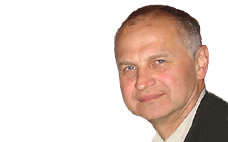 The topic for the Discussion Panel is provided by Vlad Sobell,
The topic for the Discussion Panel is provided by Vlad Sobell, Editor, Expert Discussion Panel
Professor, New York University, Prague
Editor, Consensus East-West Europe
Expert Panel Contributions
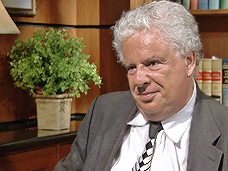 Martin Sieff
Martin SieffChief Global Analyst, The Globalist
The Kremlin needs to keep a cool head
Russia’s economic growth has been slowing and there are certainly major measures its government could and should take to boost domestic business confidence and foreign direct investment. But it should not be panicked into measures that could risk or increase social instability.
In many respects, Russia’s economic condition is far better than the near universal chorus of pessimism and disdain from US and British newspapers and commentators suggests.
The two biggest problems that the Kremlin needs to confront are the continuing issue of capital flight and fears that economic crises in at least four major economic centers could plunge the world into recession and crisis.
Capital flight in fact is a far bigger and more urgent problem than the repeatedly trumpeted alleged need to attract more foreign direct investment. Capital flight soared to $25.8 billion in the first quarter of this year, more than three times the $7.9 billion figure for the last quarter of 2012. If this pattern continues, Russia will be running faster and faster just to stand still.
However, the biggest threat to the Russian economy does not come from within Russia or from its government: It comes from the reckless policies generating increased government deficits as well as potential inflation and weak, compromised currencies in the United States, Japan and the euro-zone. Russia’s President Vladimir Putin has far more discretion to increase government spending and pump-prime the Russian economy because of the extremely conservative fiscal policies the Central Bank of Russia has followed under Chairman Sergey Ignatiev over the past decade.
Russia could certainly use policies that more effectively fight corruption and guarantee property rights. However, the widely repeated claim that Russia can make its economy healthy and restructure it away from dependence on the energy sector only by rapidly democratizing on the Western model is simply not true.
The models the government should look to for boosting the private sector are, rather, those introduced by Deng Xiaoping in China after 1978 and those of President Park Chung-hee, leader of South Korea for 18 years from 1961 to 1979. These policies brought unprecedented stability, prosperity and rises in the standard of living to the Chinese and South Korean people and vastly expanded the size of the middle class in both countries – precisely because they were implemented by still-authoritarian but moderate central governments that guaranteed law, order and favorable investment climates at the same time.
By contrast, as I documented in my 2012 book That Should Still Be Us: How Thomas Friedman’s Flat World Myths are Keeping Us Flat on Our Backs, countries that rushed toward democracy too fast destroyed their own domestic business confidence. Russia itself experienced this phenomenon in the catastrophic Yeltsin era in the 1990s. Today we see the same process working out in Egypt, Iraq and other Middle East nations. The Arab Spring wave of so-called democratic revolutions (rather, chaotic explosions of mob violence) across the region are generating poverty and crisis rather than growth and prosperity.
Russia could certainly benefit from a short term loosening of monetary policy and more favorable loan rates for private banks, the objectives the Economic Development Ministry is pursuing. And creating a more favorable climate for small and medium-sized businesses would not hurt either. However, as I document in my book, those measures are vastly over-rated and have had marginal real success in the United States.
Above all else, the Russian government should work to insulate its own country as far as it can from any international financial crisis erupting out of Wall Street, Western Europe, Tokyo or Shanghai. It should support responsible economic and financial policies in Europe, especially from such leaders as Angela Merkel in Germany and David Cameron in Britain. And it should work seriously to expand the Eurasian Economic Union and welcome Ukraine into it.
But trusting in the editorials of the Wall Street Journal or the recommendations of Bloomberg Business News will lead only to dissolution and ruin.
 Jan Cleave
Jan CleaveAnalyst, Russia/FSU research
Trusted Sources, London-based investment research company
The Kremlin must not lose its nerve over the transition to a new economic model
A crisis often serves as an occasion for a fundamental re-think followed by a change of course. This is exactly what happened in Russia in the wake of the sharp fall in output in 2009.
The return to growth the following year was driven chiefly by the government’s fiscal stimulus alongside the rebound in household demand. The main driver of the impressive pre-crisis economic growth, private consumption had, in turn, been fuelled by rising real incomes and the expansion of consumer credit (from a very low base). At last, the Russian people had finally begun to enjoy the benefits of the transition to a market economy.
At the same time, the crisis served notice that Russia’s economic growth must be placed on a more sustainable footing, namely by increasing the contribution of fixed capital formation in the mix of growth components. This healthier growth model would over time yield a more productive and technologically upgraded industrial base. Not only would this enable Russia to lay the foundation for steady GDP growth (limiting the risks of another boom and bust scenario); it would also be a key step toward the strategic objective of reducing the economy’s structural dependence on raw materials, in particular hydrocarbons (with their volatile prices), while stimulating domestic consumer industries and hence reducing dependence on consumer goods imports. Eventually, the government could achieve its goal of 5 per cent annual GDP growth.
The major prerequisite for such reorientation is the significant and sustained reduction of inflation: low inflation and hence reduced interest rates create a favorable environment for both long-term investment and the utilization of domestic savings.
This is exactly the path on which the authorities embarked in the wake of the global crisis. First, the monetary policy transformation – Russia has gone from targeting the exchange rate (the policy pursued in the previous decade) to targeting inflation – has been completed. Second, there has been the transition to positive real interest rates.
Meanwhile, there is evidence that the Central Bank of Russia has been able to pursue its new course despite growing political pressure generated by the growth slowdown. The surest sign of the Bank’s bolstered independence is that it has so far refrained from cutting interest rates, while new Chairwoman Elvira Nabiullina (who will take over the reins on 24 June) is signalling her determination not to yield to such pressure.
The main concern is that the government (perhaps acting on instructions from Putin) will lose its nerve and launch a major fiscal stimulus. This would likely yield higher inflation, with most of the increased demand translating into higher imports. A "dash for growth” of this kind could also bring about ruble instability. However, while the government may succumb to the temptation of a minor spending initiative, a major stimulus program is unlikely. In fact it is unnecessary, given that consumption remains strong and employment high.
It goes without saying that the new economic model cannot be properly embedded without the modernization of Russian politics. While it remains focused on the need to maintain stability, the regime needs to find constructive ways to co-opt the increasingly prosperous but clearly disaffected urban professional class, whom Putin should treat as potential allies, not foes. Indeed, the president’s response to this new challenge is perhaps the toughest test he has yet faced.
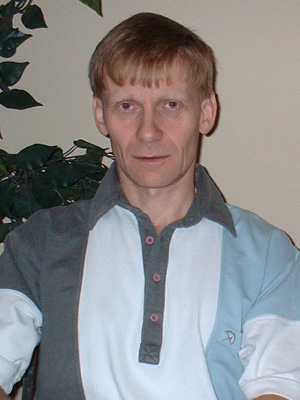 Vlad Ivanenko
Vlad IvanenkoPhD economics, Ottawa
Russia’s leaders and the economy are doing reasonably well, but both are uninspiring
Years ago, while working on a series of papers entitled "Program for the Next President”, I ran into a methodological question which can be summarized as "what the Kremlin wants”. Operating with two major concepts popular among the Russian ruling elite of the time – sovereign democracy and energy superpower – I searched for an economic program compatible with both slogans. To my surprise, the published program was brushed aside, apparently because it contradicted the so-called "Putin plan.” That failure prompted me to take a closer look at what the Kremlin really wanted compared with what it had been said to want.
Obviously, nobody can claim with certainty what it is that the Kremlin under Vladimir Putin is truly after, but an examination of its deeds does reveal a certain consistency. My working conjecture is that Mr Putin simply wants power for the sake of power. He therefore follows the path of the least resistance necessary to realize this objective. This means keeping at bay the forces that can effectively topple his regime. Ranked in order of importance, those forces are: the global powers, the Russian oligarchic class and the disgruntled provinces of the Russian Federation. Let’s discuss the constraints that the Kremlin faces in satisfying each of these players.
To start with, the Kremlin is bound to respect the vital interests of the US and the EU. Russia’s timid riposte to the EU’s expropriation of Russian banking assets in Cyprus is one example. Similarly, Russia shies away from challenging the major Western corporations in sectors (other than petroleum extraction) such as aerospace, in which Russia has historically held a strong position and which could, hence, be resuscitated. As a result, it remains confined in the global hierarchy to its current role as petroleum supplier to technologically more advanced countries.
The status of raw materials exporter suits the Russian oligarchy. Lacking inner cohesion, the members of this class mistrust one another. They get their riches in Russia through the easiest route – the extraction and primary processing of natural resources – but keep their wealth mainly in the West. Consequently, the oligarchy supports the Kremlin when the latter maintains friendly relationships with the US and EU. In return, despite its claims to the contrary, the Kremlin continues to soft-pedal its regular "anti-corruption” campaigns – a euphemism for battling the oligarchy.
Finally, the restive provinces demand a share in the largesse that the Kremlin and the oligarchs obtain from Russian natural resources. To keep them satisfied, the Kremlin maintains significant transfers to the regions either in the form of direct grants, as in the case of the Caucasian republics, or through large-scale procurement programs, such as those run in preparation for the APEC summit in Vladivostok or the Olympic Games in Sochi. The more funds are leached in the process, the more satisfied are the local power brokers.
The combination of these constraints defines the Kremlin’s current economic policy. It may appear haphazard for a logician but a policy-maker would it consider it optimal for President Putin’s efforts to keep his career afloat. Thus, when one considers two optima – for the Kremlin as a survivor and for Russia as a power – the first is clearly achieved and the second is far from being attained.
Nevertheless, for Putin personally, two clouds obscure his otherwise bright horizon. First, Russia’s reliance on natural resources export is a major source of uncertainty. The Kremlin should cross its collective fingers and pray that the Russian economy, lacking the ballast of a proper technological sector, does not tank owing to world price fluctuations. Second, the moderate economic growth that this country has witnessed over the recent years has created a relatively sizeable middle class. Its interests coincide neither with the global powers nor with the local oligarchs and it demands change, albeit peacefully. This class is potentially open to negotiation with the Kremlin but Putin appears unable to navigate among the opposing demands make on him.
The overall grades I would assign to the Russian economy and the country’s leadership are similar – both are doing reasonably well but neither is inspiring.
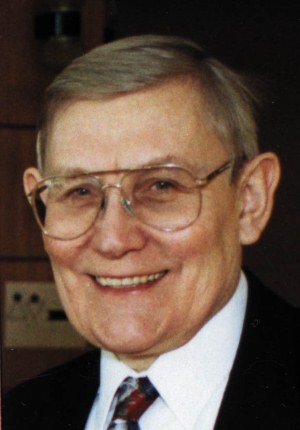 Dmitry Mikheyev
Dmitry MikheyevFormer Senior Fellow at the Hudson Institute, teaches "Leadership in the 21st century” at various business-schools in Moscow
Russia should take lead in a Eurasian transport infrastructure project
The recession in Europe threatens to become chronic, and Russia, being overly dependent on European markets, is in danger of being dragged into stagnation. Both Russia and the EU need a mega infrastructure development project that would deliver a major stimulus for decades to come.
I think Russia should initiate and lead a Pan-Eurasian project of connecting Europe, Russia, Kazakhstan, China and other countries through a trans-continental high-speed rail (HSR) network.
Discussion of HSR travel usually rotates around movement of people and tourism; indeed, reducing travel time from Western Europe to China to just two days would bolster tourism. In my view, however, a dramatic reduction in the transport time of cargo is much more important. Movement of raw materials, components, spare parts and consumer goods at a speed of 300 km/h or faster would allow on-time delivery that could help integrate and revolutionize manufacturing processes in the Eurasian space. HSR makes possible cost-cutting and a dramatic increase in productivity. A Pan-Eurasian HSR system would connect European, Russian and Chinese industrial clusters allowing the optimum use of low-wage labor of some countries, highly skilled labor in others, and raw-material extraction capacities of others still.
In fact, everything needed for such a mega-project already exists. Russians sit on an immense treasure trove of natural resources that they cannot properly use. Russia and China have huge foreign currency reserves. The EU also sits on a pile of cash accumulated during the recession and which is currently idling in banks. Europe, moreover, has excess industrial capacities and some 25 million skilled workers currently unemployed and craving for real jobs. HSR technology has been not only developed but tested in a dozen countries. What is needed is a major world powers initiative that would tie up all the loose ends.
China has the largest, fastest, and most advanced HSR system in the world – 13,000 km of railways; and it is planning to expand its HSR network to a dozen or so countries of Southeast Asia and to connect it with Europe. Strangely, Russia with its immense territories is lagging far behind. Meanwhile, Russia is naturally positioned to lead an Eurasian High-Speed Rail Project (EAHSRP). It is endowed with unique geographic and cultural advantages, and, of course, it has President Putin. His charisma, strong personality and impressive record of accomplishments make him one of the most authoritative and influential of world leaders. Above all, he has the energy and ambition needed to implement projects of such magnitude.
The EAHSTP would generate huge demand for raw materials, machine–building and high-tech equipment and revitalize the economies of dozens of countries. It would create millions of jobs and develop new markets for consumer goods. It would be a shame if Russia and Putin let such an historic opportunity pass.
The Kremlin should convene a conference to build up public, political and financial support for the EAHSTP. Major multinationals, international financial institutions and funds, as well as government agencies should be invited to join a consortium and jointly work out the strategy. To demonstrate its long-term commitment and encourage private investments – both domestic and foreign – the Russian government should earmark a substantial sum – say, US$200 billion currently idling in various Russian funds. The main objective would be to give momentum to the Eurasian integration processes.
 Alexander Mercouris
Alexander MercourisMercouris Blog
The Russian government understands what needs to be done and is doing it
The Russian economy is the subject of continuous unhelpful commentary. One comes across the same argument time after time: The economy depends on oil and gas. Its economic model is exhausted. It is failing to reform itself. This failure is due to the government’s unwillingness or inability to carry out reforms.
The nature of these reforms is not always made clear. A number of themes do recur. The government must reduce its role in the economy. It must embrace further privatisation. It must eliminate the non energy deficit in the budget. It must break up and sell off the natural resource monopolies, Gazprom and Rosneft and allow unrestricted foreign involvement in the energy sector. It must improve the business climate.
Every one of these proposals is either dubious or amounts to demanding what the government is doing already.
No government in history has reduced its role in the economy to the extent the Russian government has done since the end of the Soviet Union. It retains a role in the energy, infrastructure and defence sectors where it is needed. In general manufacturing and services it has withdrawn almost completely. Privatisation is no panacea and after the debacle of the 1990s the government is wise to approach it carefully. Calling for cuts in public spending to reduce the non energy deficit is bizarre when the budget is in balance, the country has the smallest public debt in the G20 and has adopted its budget rule. Breaking up Gazprom and Rosneft serves the interests of western partners rather than Russia. The government has devoted enormous time and effort to improving the business climate by fighting corruption, improving contract enforcement and tax collection and by other measures. This criticism seriously underestimates the amount of time this takes.
By any measure the changes the Russian economy has been through have been massive. The last thing it needs is more "reform”. After such an upheaval what it needs is time and effort so that the changes can produce the benefits expected from them. This means improving education, legal training, public, business and financial administration, the quality of official recruitment at central and local level and law enforcement. It means fostering a cultural shift within officialdom that comes only with time. It means investment in science and technology. Above all it requires economic stability through policies of sound money combating inflation and avoiding debt.
The government understands all this and is doing it.


